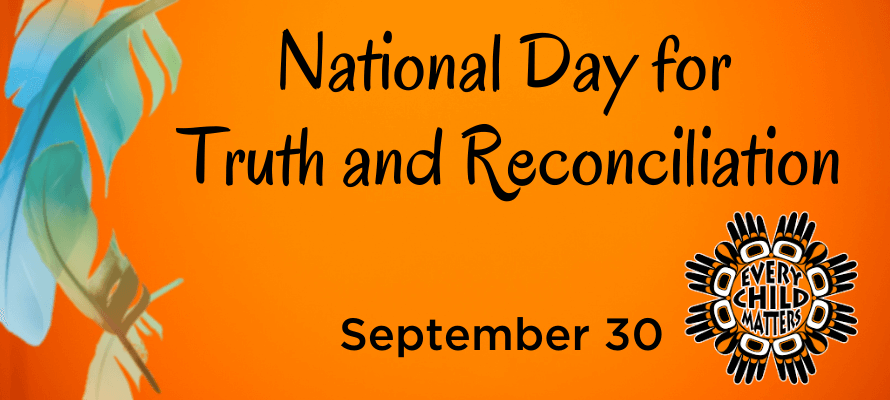
On May 28, 2021, the day after 215 children’s unmarked graves were discovered on the grounds of a former Indian Residential school near Kamloops B.C., the House of Commons passed a bill to establish a statutory holiday called the National Day of Truth and Reconciliation. The passing of the bill fulfills one of the many recommendations made by the Truth and Reconciliation Commission report to honour survivors, their families, their communities, and to ensure that public commemoration of the history and legacy of Indian Residential schools remains a vital component of the reconciliation process.
The significance of this day will be to remember the victims, survivors of Canada’s Indian Residential School System. In Canada’s efforts to forge a new country, one of its goals was to absorb the First Nations into the general population and to extinguish their culture. In 1878, the new government under the administration of John A. McDonald commissioned a report to look at residential schools in the United States. That report lay the foundation to say that only residential schools could separate Aboriginal children from their parents, culture and cause them “to be merged and lost” within the nation. The report said that the government “should work with the Christian churches to open these schools.” Thus began the Indian Residential School system here in Canada in 1883. The government of Canada made school attendance compulsory in 1894 and empowered the Royal Canadian Mounted Police to seize children from reserves and bring them to the residential schools. Years later, government officials known as Indian Agents continued to carry out the role of gathering children to attend the schools.
Origin of Orange Shirt Day
Phyllis Webstad was only 6 years old when she was sent to St Joseph’s Mission Indian Residential school in British Columbia. Her grandmother had taken her to the store and bought her a brand new orange shirt to wear to school. Phyllis was proud of her new orange shirt but when she arrived, she was stripped of her clothing and never saw her orange shirt again. She was neglected, abused, and made to feel like she did not matter. Phyllis recalled that every child cried to go home, but nobody cared. Fortunately, Phyllis was able to return home to her grandmother. As she became an adult, she said that the colour Orange reminded her of that time in her life. She later used her story as a platform to raise awareness to Orange Shirt Day and “That Every Child Matters.” Phyllis’ story is a difficult one to hear, but has helped to raise awareness to the legacy of Canada’s Indian Residential school system and the impacts to survivors like Phyllis and their families. Read her full story here.
Wear an Orange Shirt on Thursday, September 30, 2021 – the National Day for Truth and Reconciliation.

